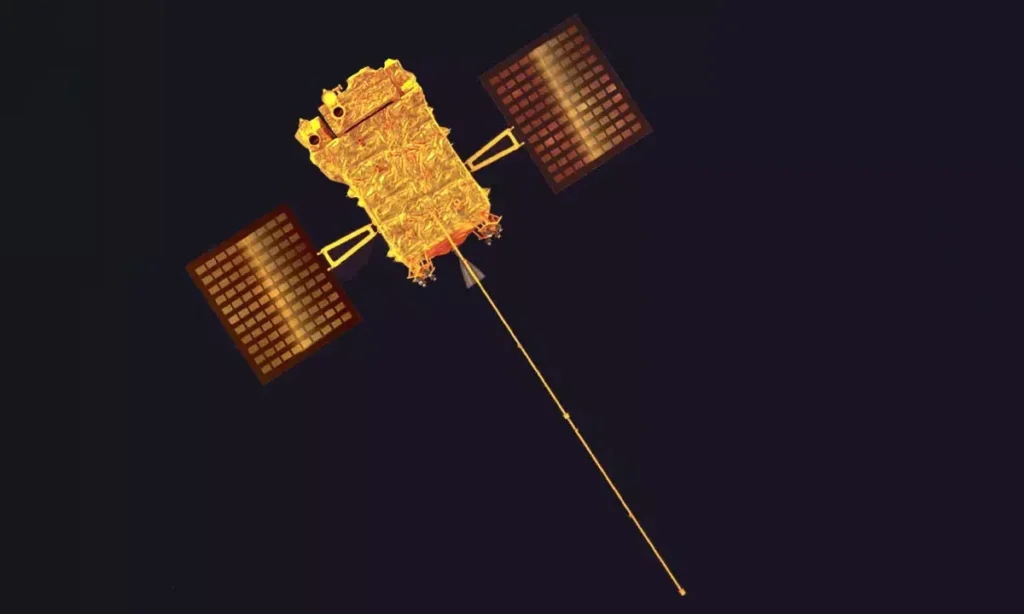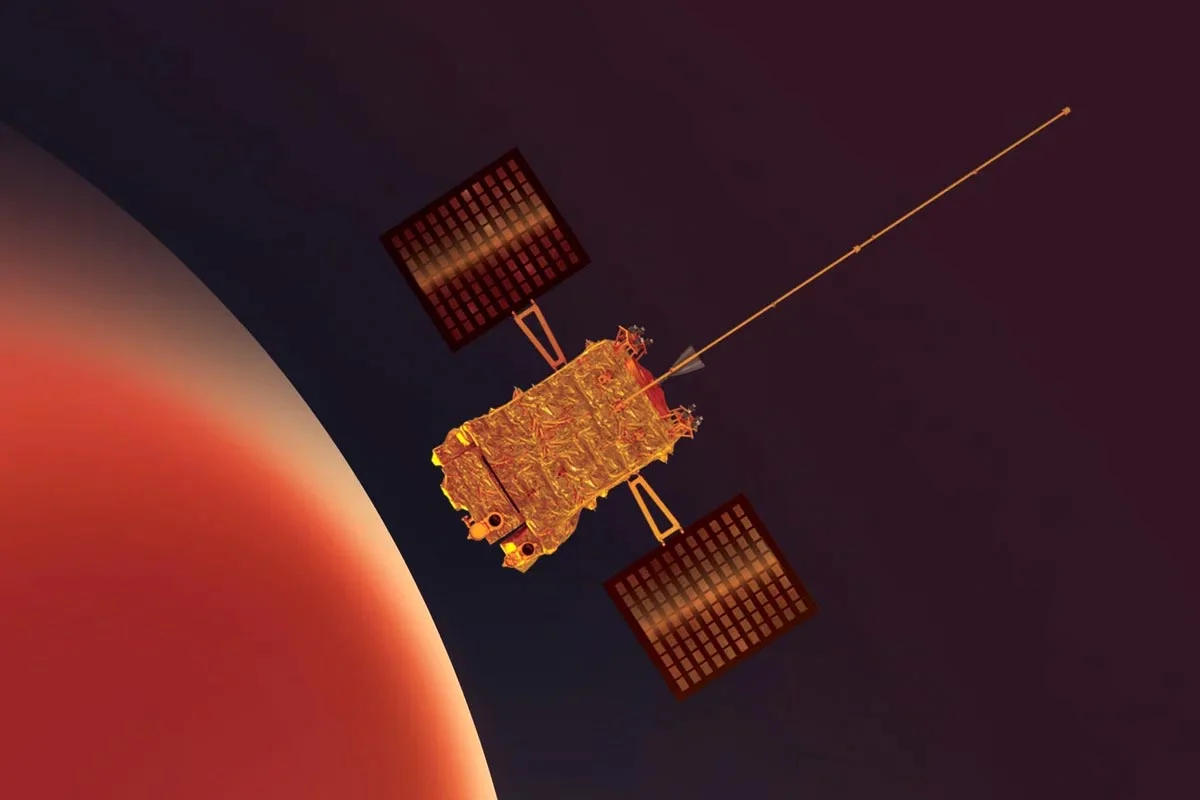Launched in 2023, Aditya-L1 quickly captured a major solar flare, offering new data on how energy moves through the Sun’s atmosphere. By studying long-wave UV light, scientists gained a clearer understanding of flare formation. Credit: ISRO
A Stellar Breakthrough: Aditya-L1’s Historic Solar Observation
On February 22, 2024, India’s Aditya-L1 spacecraft achieved a monumental feat by capturing a colossal X6.3-class solar flare in unprecedented detail. This observation marks a significant advancement in solar physics, offering new perspectives on the Sun’s explosive behavior.
Understanding Solar Flares: The Sun’s Powerful Outbursts
Solar flares are intense bursts of radiation resulting from the release of magnetic energy on the Sun’s surface. Classified by their X-ray brightness, X-class flares are the most potent, with the X6.3 flare observed by Aditya-L1 being among the strongest in recent years.
Aditya-L1: India’s Dedicated Solar Mission
Launched on September 2, 2023, by the Indian Space Research Organisation (ISRO), Aditya-L1 is India’s first mission dedicated to studying the Sun. Positioned at the Lagrange Point 1 (L1), approximately 1.5 million kilometers from Earth, the spacecraft enjoys an uninterrupted view of the Sun. dailyscitech

The Indian space probe Aditya-L1. Credit: ISRO
SUIT: Unveiling the Sun in Ultraviolet
Central to this groundbreaking observation is the Solar Ultraviolet Imaging Telescope (SUIT) aboard Aditya-L1. SUIT captured the flare in the near-ultraviolet (NUV) wavelength range of 200–400 nm, a spectrum rarely observed in such detail. This provided the first-ever images of a solar flare’s “kernel,” the core region where the flare originates.
Implications for Space Weather and Earth
Understanding solar flares is crucial, as these events can impact Earth’s space environment, affecting satellite operations, communication systems, and power grids. The detailed observations from Aditya-L1 enhance our ability to predict and mitigate the effects of such solar activities.
Curious to Know More?
How will these unprecedented ultraviolet observations reshape our understanding of solar dynamics and improve our preparedness for space weather events? Stay tuned to DailySciTech.com for the latest insights into our Sun’s fascinating behavior. Dailyscitech










